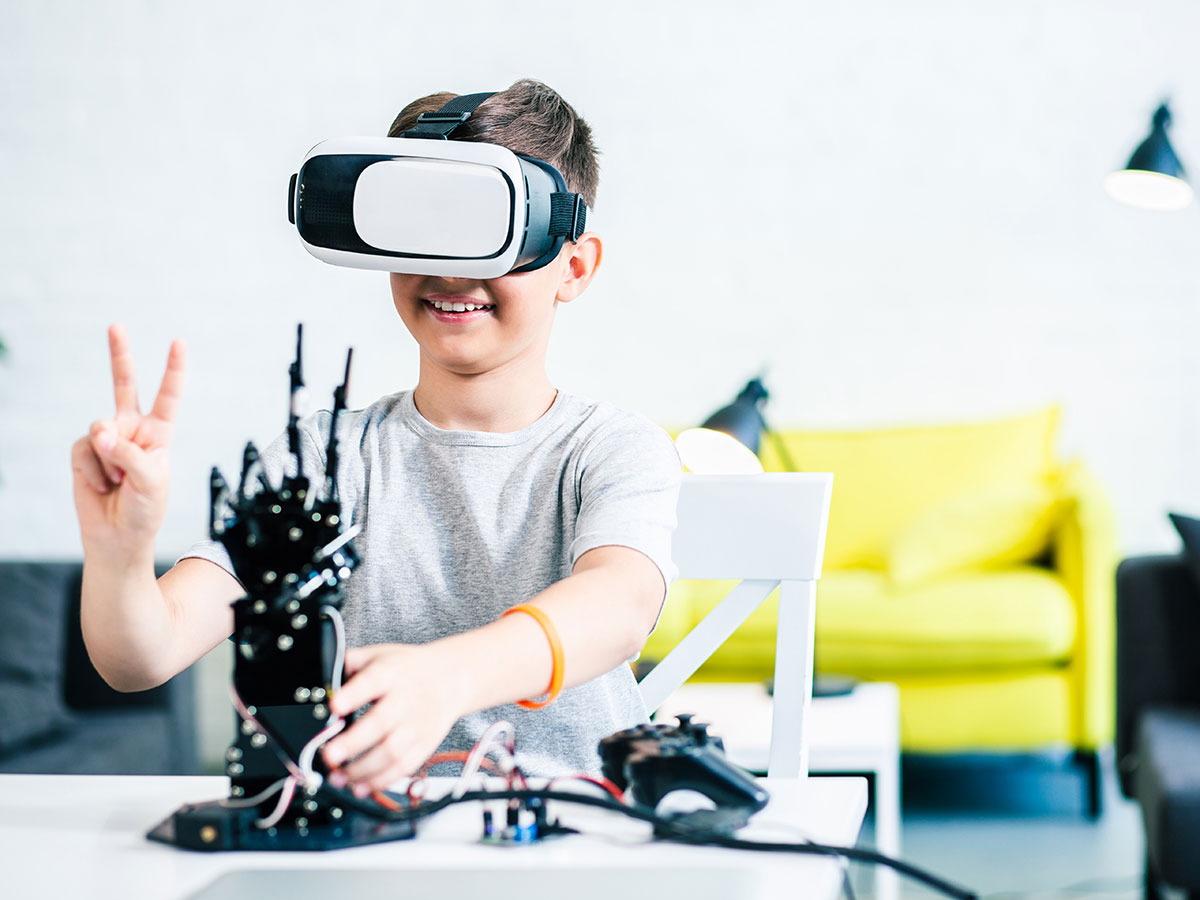
From basic education to interdisciplinary application: analyzing the innovation and challenges of STEM education in Hong Kong in the future
1. Introduction: Transformation of the New Education Bureau in Hong Kong
As the global economy and technology continue to change, cultivating talents with interdisciplinary knowledge and problem-solving skills has become the key to national and social development. In recent years, Hong Kong has continuously promoted STEM (science, technology, engineering and mathematics) education in its education policy, aiming to cultivate students' core abilities for the future through innovation and practice. This article will deeply analyze the development status, existing challenges and future trends of STEM education in Hong Kong in 2025, aiming to provide reference and inspiration for the education sector, parents and policy makers.
2. Background of the development of STEM education in Hong Kong
Since the 2015 Policy Address first listed STEM as a key area for promotion, the Hong Kong government has continuously invested funds, improved educational resources, and promoted the development of school-based STEM curriculum. For example, City University of Hong Kong held its inaugural STEM Career Expo, fostering a platform for industry-university collaboration and inspiring students' innovative thinking to connect with industry (see source :contentReference[oaicite:0]). Furthermore, the Education Bureau is striving to integrate STEM education into the daily curriculum by funding the establishment of innovation labs in primary and secondary schools and promoting related subsidy programs (see :contentReference[oaicite:1]).
With the advancement of science and technology and the need for industrial upgrading, Hong Kong academia has gradually realized that traditional single-disciplinary education alone can no longer meet the future labor market's demand for innovative talents. This has also prompted STEM education to further emphasize interdisciplinary integration and practical application (see :contentReference[oaicite:2]).
3. Current situation and challenges
Although the government and academia have taken a number of measures to promote STEM education, there are still many challenges at this stage:
- Insufficient subject integration and the diversity of teaching models need to be improved: In many Hong Kong schools, STEM education is still presented as extracurricular activities or elective courses. The lack of a unified and standardized curriculum framework results in uneven teaching resources and makes it difficult to quantify student learning outcomes (see :contentReference[oaicite:3]).
- Difficulties in teacher training and interdisciplinary collaboration: The tradition of specialized subject-based education is deeply rooted in Hong Kong's education system. Many teachers have limited expertise and find it difficult to master multiple disciplines to design cross-disciplinary STEM projects. Improving teachers' professional competence and enabling cross-disciplinary collaboration remains a major bottleneck (see :contentReference[oaicite:4]).
- The assessment system does not match the pressure of further study: Some parents and schools worry that STEM activities will affect students' academic performance, making them less competitive in exams. The question of how to cultivate students' innovative and practical skills while ensuring academic success is a pressing issue (see :contentReference[oaicite:5]).
4. Innovative practice and interdisciplinary application
Facing the above challenges, many schools and educational institutions in Hong Kong are exploring diversified STEM teaching models and interdisciplinary applications:
- Experimental and project-driven teaching: Through engineering design processes and project-based learning, students learn how to integrate science, technology, and engineering knowledge to solve real-world problems. For example, some schools have designed small makerspaces within STEM classrooms to encourage students to engage in model construction and programming (see :contentReference[oaicite:6]).
- Integrating art and reading to promote STEAM/STREAM education: To promote student creativity, some institutions have integrated art into STEM curricula, forming a STEAM or even STREAM model, enabling students to apply diverse knowledge across disciplines while developing their aesthetic sense (see :contentReference[oaicite:7]).
- Using online learning platforms and blended teaching: With the increasing prevalence of digital technology, many schools in Hong Kong have partnered with the Education Bureau to launch online STEM courses and distance learning platforms to enable cross-regional and cross-temporal teaching, enhancing resource sharing and interactive effects (see :contentReference[oaicite:8]).
5. Policy support and market demand
The Hong Kong government continues to invest funds and policies to support STEM education, such as funding the establishment of innovation labs, providing teacher training subsidies, and encouraging schools to collaborate with businesses to promote STEM-related activities (see :contentReference[oaicite:9]). Furthermore, with the launch of Greater Bay Area and international innovation and technology competitions (such as the Greater Bay Area STEAM Excellence Awards), market demand for STEM talent is increasing. Businesses are actively collaborating with schools in technological innovation, providing internship and employment opportunities for students (see :contentReference[oaicite:10]).
These measures will not only help students develop innovative thinking and problem-solving skills from an early age, but will also promote Hong Kong's position in the global science and technology innovation landscape and provide sustained impetus for future economic development.
6. Conclusion and Future Outlook
In summary, Hong Kong's STEM education in 2025 is in a transition period from basic teaching to interdisciplinary practice. Faced with the pressure of global digital transformation and innovation competition, Hong Kong must continue to optimize curriculum design, strengthen teacher training and cross-sector collaboration, and make full use of support resources from the government and enterprises. As the STEM (and STEAM/STREAM) education model becomes increasingly mature, Hong Kong is expected to cultivate more innovative talents with global competitiveness and become an important part of the international innovation and technology center.
The development of STEM education in Hong Kong not only concerns the personal future of students, but is also the core driving force for promoting urban innovation and economic transformation. Looking into the future, we hope that more schools and educational institutions will work together to create a STEM education path that combines popularization with excellence, innovation and practice, so as to cultivate an endless source of innovative power for Hong Kong and the world.
One Comment
Leave A Comment Cancel reply
Table of contents
Related articles






Hi, this is a comment.
To get started with moderating, editing, and deleting comments, please visit the Comments screen in the dashboard.
Commenter avatars come from Gravatar.